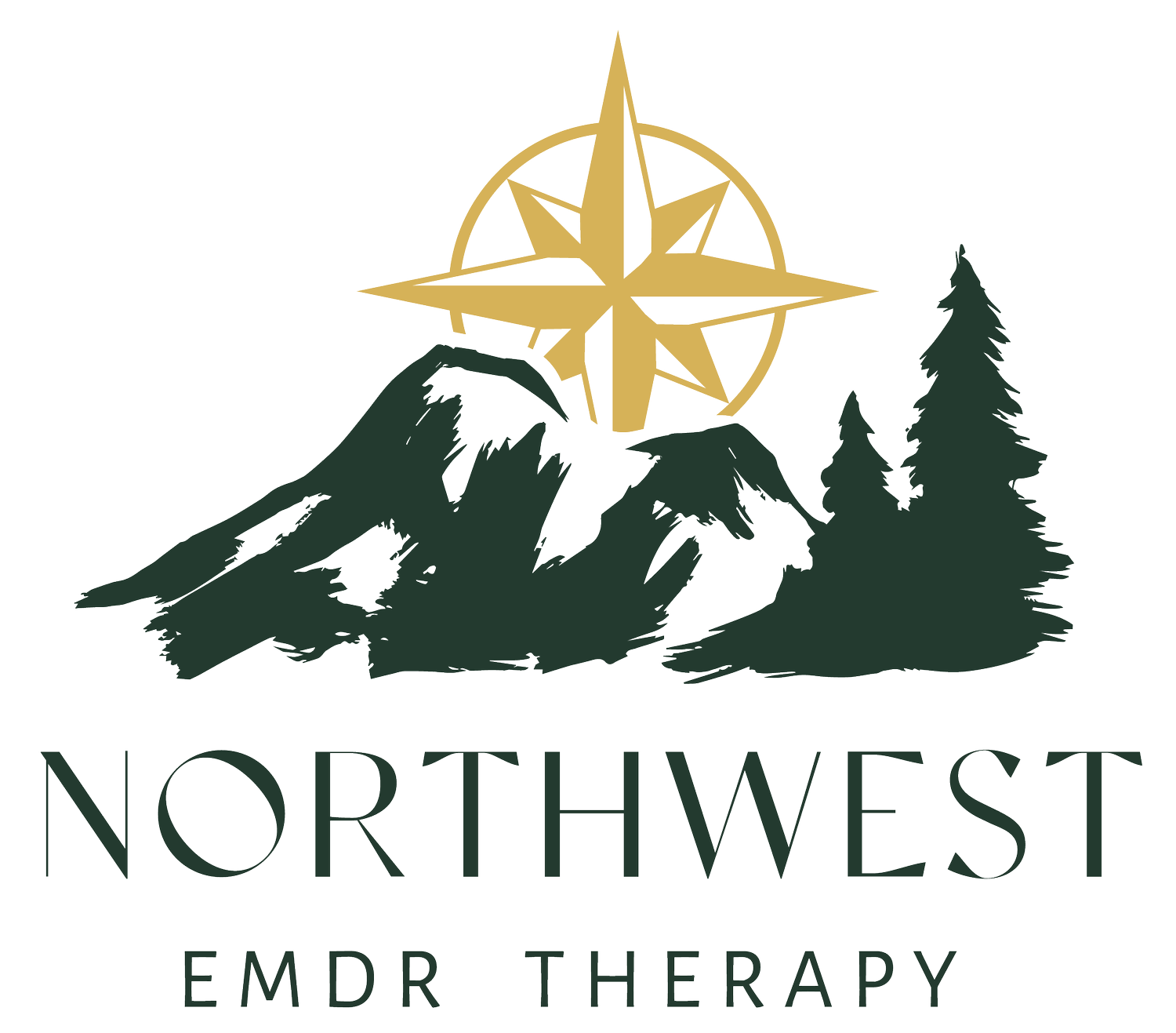ADHD is a term used much more frequently now than ever, but what is ADHD? ADHD stands for Attention deficit hyperactivity disorder. Those are a lot of words to describe a challenge to pay attention, be overly active, or have trouble controlling impulsive behaviors. ADHD is the most common neurodevelopmental disorder that is diagnosed in children. Neurodevelopmental means that it is based in the brain and impacts the way the brain grows and develops. People with ADHD are neurodivergent, which really means that their brain operates and functions differently than neurotypical people. ADHD, like any diagnosis, is treatable, and also with all of the research that has gone into ADHD, there are many tools and resources to support people with ADHD to be successful.
ADHD is often diagnosed in childhood, but more adults, specifically women, are getting diagnosed with ADHD now. Previously women were not diagnosed with ADHD as often as men because their behaviors were seen as an ability to multitask successfully; it was considered a positive characteristic of their personality. As more research went into ADHD, it became more apparent that women with ADHD were not just good at multitasking, but really they were struggling with ADHD symptoms and using those symptoms to support their heavy life workload. Symptoms of ADHD include but are not limited to; hyperactivity, extreme restlessness, daydreaming, forgetting or losing items, excessive talking, careless mistakes or unnecessary risks, and inability to resist temptations. Based on this list, it is easy to see how a multitasking woman could just be seen as busy and overburdened when really her brain is just operating much differently than a neurotypical person.
There are two primary types of ADHD and how the ADHD symptoms are presented. The first would be based on inattentive presentation. Someone who struggles with inattentive challenges often does not complete tasks to the end or will start multiple tasks without being able to finish anything; they do not pay attention to details and have difficulty following instructions or following conversations. The other form of ADHD is hyperactive-impulsive behaviors which show itself in the person talking or fidgeting frequently, having challenges with sitting still for long periods of time, including meal time, having difficulties with listening or waiting for their turn, and impulsively experiencing dangerous behaviors.
As far as the development of ADHD, this is predominantly due to genetics. Other experiences could look like ADHD, such as sleeping issues, anxiety, depression, and learning disabilities. If you are concerned you or someone in your family might have ADHD, many different tests can be conducted to rule out other possible diagnoses, as well as tests to determine whether or not you are experiencing ADHD. After a diagnosis, there are medications available to support reducing ADHD symptoms. Still, beyond that, various therapy options support working through the symptoms and developing more appropriate behaviors.

